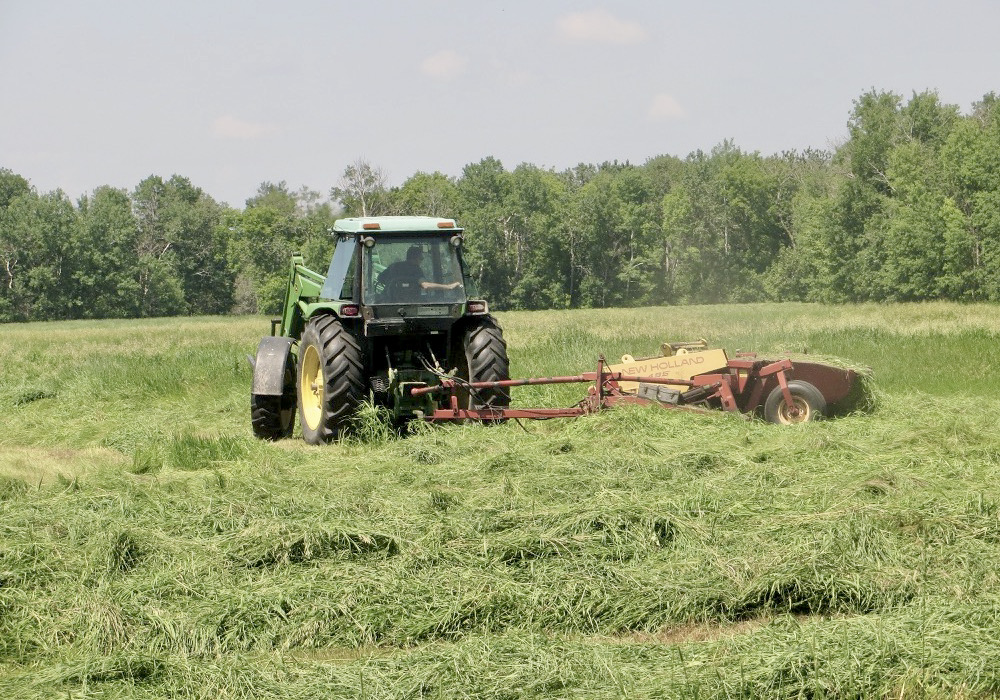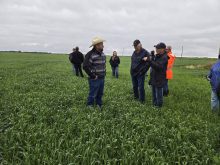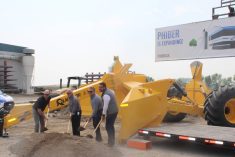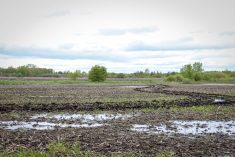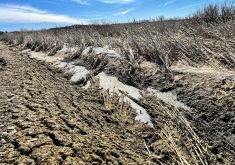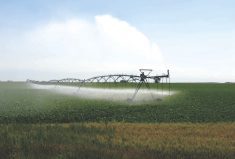East Coast farmers with an abundance of hay may soon be sending it to the drought-devastated West, the Canadian Federation of Agriculture announced August 12.
“CFA is currently in the initial stages of facilitating a new Hay West program,” said CFA president Mary Robinson in a news release.
“We have our staff as well as a third party working towards determining how much of a hay surplus is available, and are looking to work with the railways and the government to help these farmers who are in dire need of feed for their animals.
Read Also

June brings drought relief to western Prairies
Farmers on the Canadian Prairies saw more rain in June than they did earlier in the 2025 growing season
“We believe this initiative will help ease some of the stress that western farmers are dealing with,” she added.
CFA promised to provide more information as the details became available.
Manitoba Agriculture and Resource Development told the Co-operator it was aware of the initiative. KAP said it has been involved with related calls. Neither had further details.
On August 8, P.E.I.’s Minister of Agriculture Bloyce Thompson, tweeted, “P.E.I. has been blessed with the best hay-growing summer possibly ever, that’s why we have started ‘Hay West’ movement.”
CFA were the “real organizers,” a spokesperson for Thompson’s office told the Co-operator.
“As Canadian farmers we have a long history of helping each other out in times of hardship and we know that this year has been particularly tough for our friends in the West,” Thompson said in an emailed statement. “There’s a lot of logistics to work out but we hope to help even in some small way.”
This isn’t the first time eastern Canadian farmers have come to the West’s aid.
In 2002, a “Hay West” campaign saw hay shipped from Ontario to the western provinces, according to an Aug. 1, 2002, CBC report.
That day, five rail cars of hay had left Brockville for Wainwright, Alberta, where it would be distributed via lottery system, CBC reported. Thousands of farmers had entered.
An Ottawa city councillor told CBC that people from across Canada and the eastern U.S. had offered hay — five or six times more than they had the ability to ship. At the time, organizers expected to ship about 800 tonnes of donated hay, and had collected $30,000 in cash donations.
A later report says 110,000 tonnes were donated, all told.
In 2012, Prairie farmers returned the favour when a drought threatened eastern cattle farms. The initiative was called “HayEast,” according to a Nov. 16, 2012 report in the Western Producer.
The Ontario Federation of Agriculture said then many farmers would be forced to sell cattle without help.
The federal and Ontario governments pledged $500,000 toward moving the hay from west to east, the report says. Both levels of government promised to match donations up to $2.5 million.
For more content related to drought management visit The Dry Times, where you can find a collection of stories from our family of publications as well as links to external resources to support your decisions through these difficult times.






